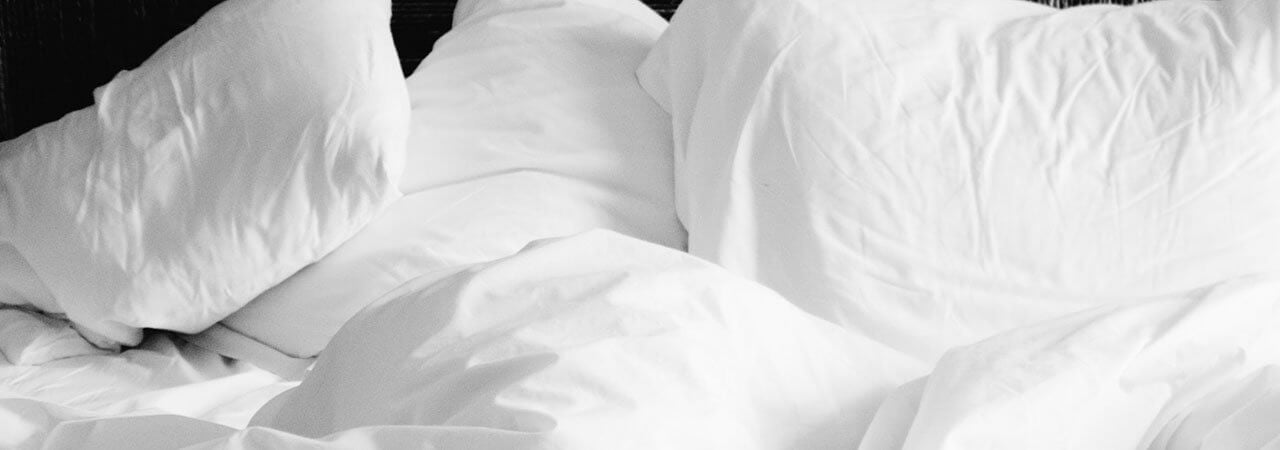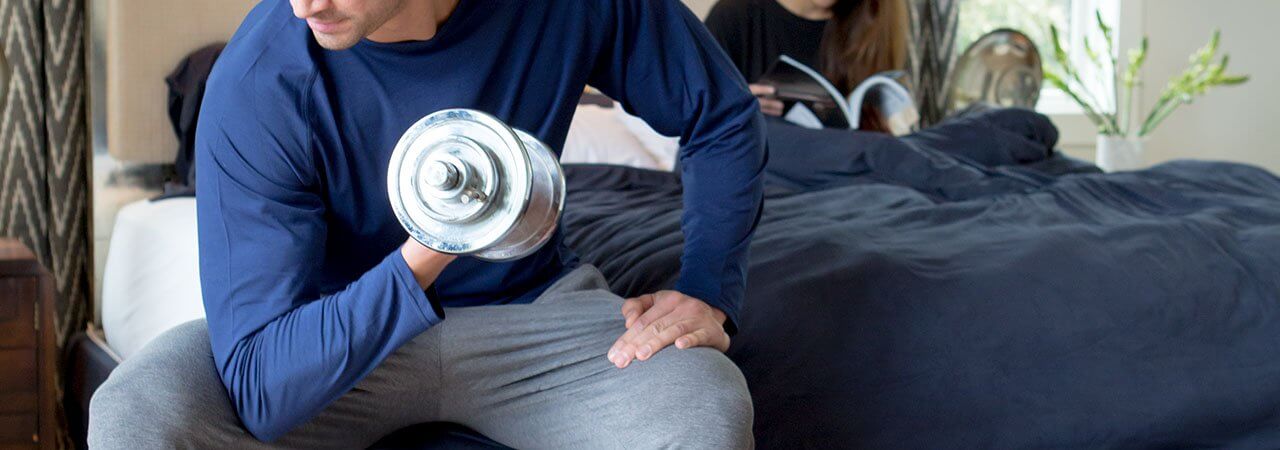What Is Sleep Paralysis?
You wake up in a confused haze, unable to speak or move your body. You are actually awake, but it feels like a dream. You feel helpless, and as you note the pressure on your chest you also realize, with a jolt, that someone is in the room with you. Suddenly the feeling passes, and as you roll out of bed you know confidently that you are alone in your home. If this has ever happened to you then congratulations: you have survived a bout of sleep paralysis.
Sleep paralysis is a fairly common sleep disorder that is under-researched and misunderstood. SHEEX® is here to provide you with the answers to your pressing questions about sleep paralysis.
What Does Sleep Paralysis Mean?
Sleep paralysis is a condition in which you are unable to move or speak while entering REM sleep (hypnagogic) or waking up as you exit REM sleep (hypnopompic). When you sleep normally your body enters atonia, meaning your muscles relax so you are unable to move. Sleep paralysis is a phenomenon during which atonia is still occurring while you are awake. Sleep paralysis can be accompanied by a foreboding sensation or paranoia, and occasionally sufferers can experience auditory or visual hallucinations during sleep paralysis though this is not common. Episodes can last between a few seconds to several minutes, and generally, you are aware of what is happening during an episode.
What Causes Sleep Paralysis?
Certain factors increase your chances of experiencing sleep paralysis. The main issue associated with sleep paralysis is sleep deprivation. If you are not enjoying a restorative and deep sleep consistently and are constantly tired, you are more likely to slip into sleep paralysis during the night. Certain prescription drugs and disorders like sleep apnea can increase the number of episodes you have, so consult your doctor. Young people between the ages of 10 and 25 are the most likely to experience sleep paralysis, but this could be related to sleep deprivation associated with being a student. Psychiatric patients also experience sleep paralysis at a higher rate, as do sufferers of post-traumatic stress disorder and panic disorder.
Is It Dangerous to Have Sleep Paralysis? Can It Kill You?
As the National Health System of the U.K. attests, sleep paralysis itself is not a dangerous condition and cannot kill you. Sufferers of sleep paralysis should simply wait for a few minutes until the sensation passes. In fact, other sleep conditions like sleepwalking and REM sleep behavior disorder are more dangerous because your body cannot properly enter atonia and you can thrash about, fall down stairs, and otherwise put yourself in perilous situations while you sleep. Many cultures have blamed sleep paralysis on the underworld and mysterious creatures such as the "old hag" and the "devil in the room." Henry Fuseli's 1781 painting "The Nightmare" is frequently associated with the disorder: He depicts a sleeping woman sprawled helplessly on a bed as an ogre sits on her chest. While your sleep paralysis is (very likely) not caused by a spirit or demon, sleep paralysis can lead to extreme anxiety when episodes are frequent. If you experience sleep paralysis regularly, and the fear of this condition limits your ability to sleep peacefully, see your general practitioner or a sleep specialist.
What Can I Do to Stop Having Sleep Paralysis?
Other than consulting a medical professional, your best course of action is to try to adopt better sleep habits and create the optimal conditions for a better night's sleep. Luckily, SHEEX® is here to help — try SHEEX® Performance Sheet Sets to transition to more rejuvenating sleep and, hopefully, fewer instances of sleep paralysis.


























